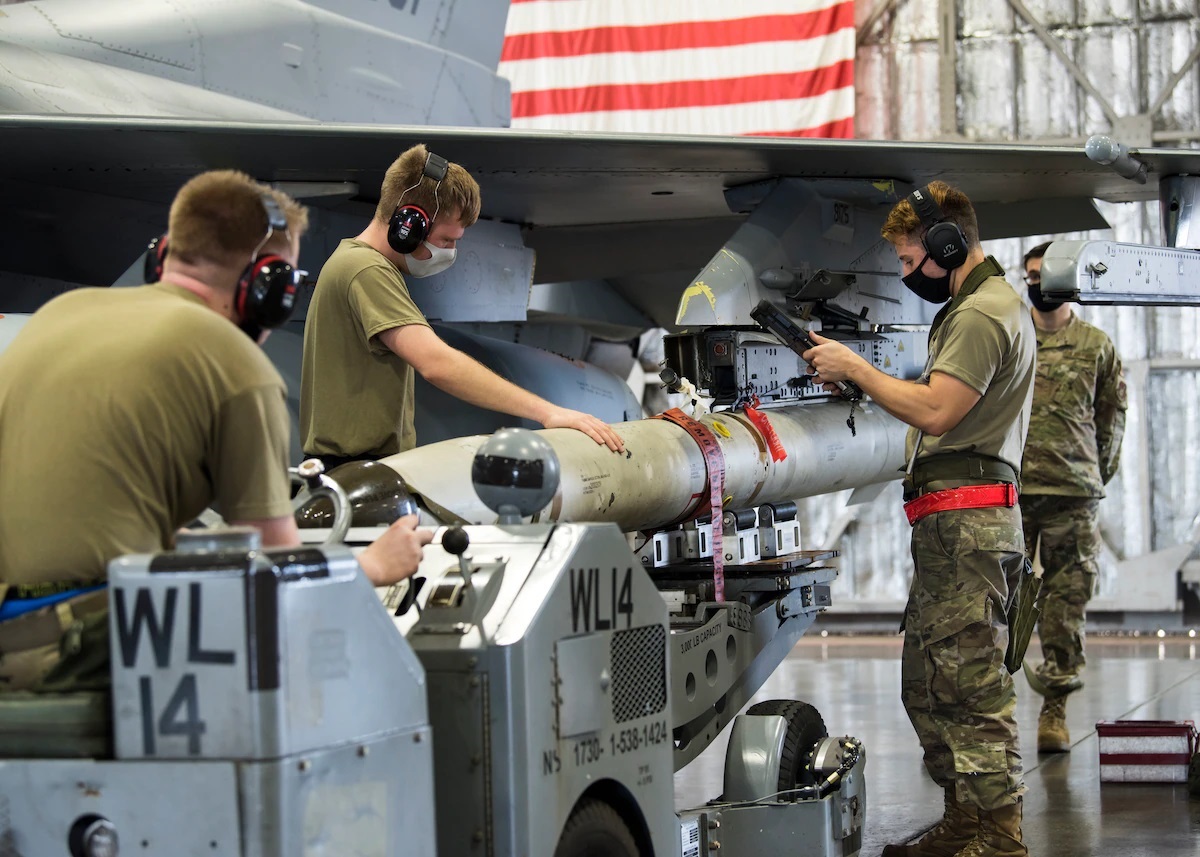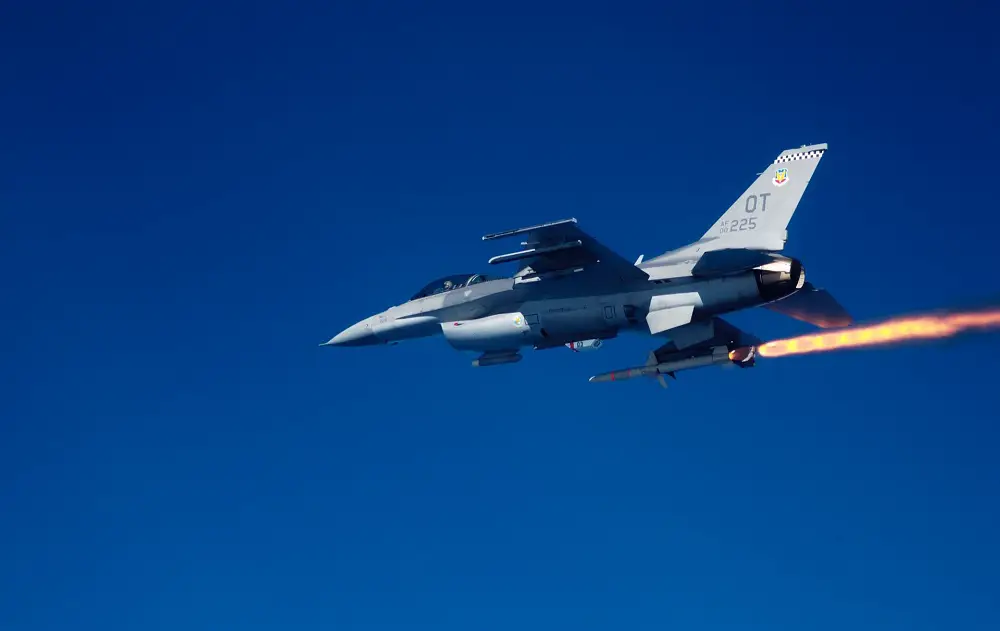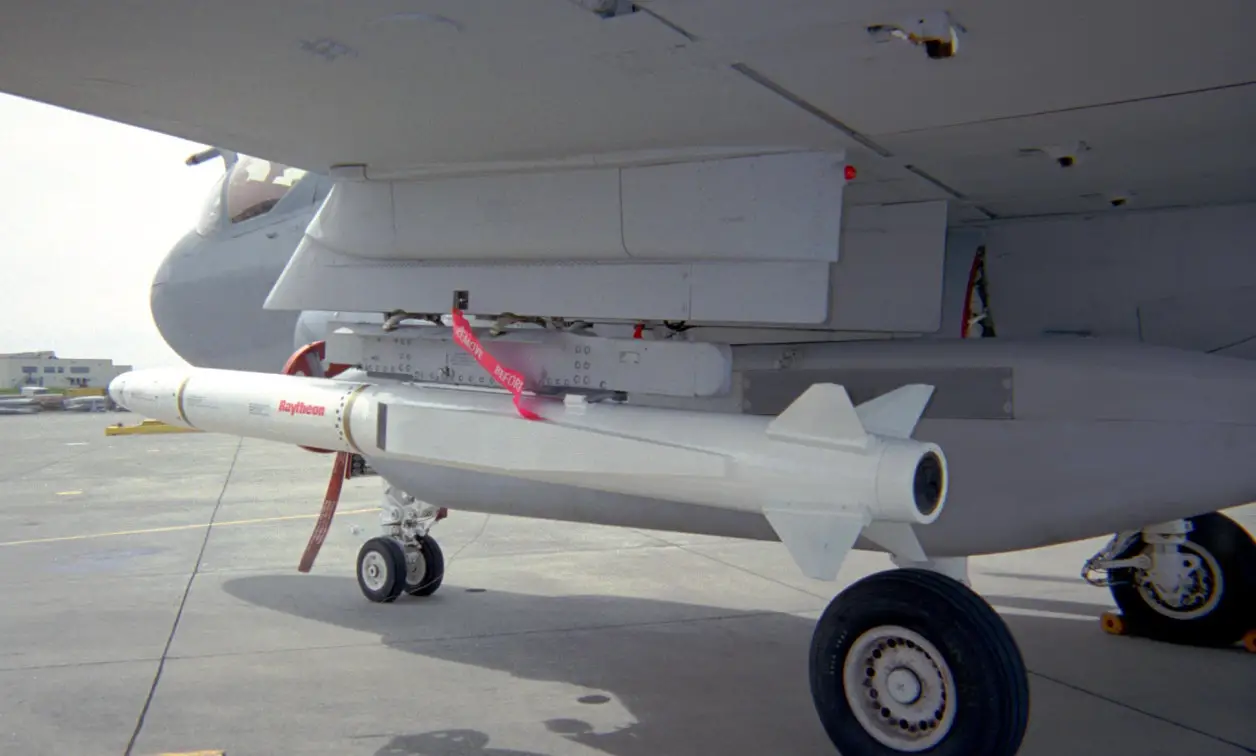The U.S. State Department has made a determination approving a possible Foreign Military Sale to the Government of the United Arab Emirates of WCU-33/B High-Speed Anti-Radiation Missile (HARM) Control Section Modification Upgrade and related equipment for an estimated cost of $144 million. The proposed sale will improve the UAE’s capability to meet current and future threats by enhancing its capability to defend its national borders, bolster air-to-surface defensive capabilities, deter regional threats, and protect vital international commercial trading routes and critical infrastructure. The UAE already has the HARM in its inventory and will have no difficulty absorbing these HCSM upgrade kits into its armed forces. The UAE continues to be a vital U.S. partner for political stability and economic progress in the Middle East.
The Government of the United Arab Emirates (UAE) has requested to buy up to one hundred forty-nine (149) WCU-33/B High-Speed Anti-Radiation Missile (HARM) Control Section Modification (HCSM) upgrade kits. Also included are high bandwidth HSCM telemetry kits loaned for integration support to be used in CONUS use only. This includes HARM Control Section containers; encryption devices; software and mission data support; test flight and live-fire range support; HARM support and test equipment; spare parts and repair and return support; publications and technical documentation; personnel training and training support; design and construction; U.S. Government and contractor engineering, technical, and logistics support services; and other related elements of logistical and program support. The principal contractor will be RTX Corporation located in Tucson, AZ.

The AGM-88 HARM is a tactical, air-to-surface anti-radiation missile designed to home in on electronic transmissions coming from surface-to-air radar systems. It was originally developed by Texas Instruments as a replacement for the AGM-45 Shrike and AGM-78 Standard ARM system. Production was later taken over by Raytheon Corporation when it purchased the defense production business of Texas Instruments. The AGM-88 can detect, attack and destroy a radar antenna or transmitter with minimal aircrew input. The proportional guidance system that homes in on enemy radar emissions has a fixed antenna and seeker head in the missile’s nose. A smokeless, solid-propellant, booster-sustainer rocket motor propels the missile at speeds over Mach 2. The missile is operationally deployed throughout the Air Force and in full production as a joint U.S. Air Force-U.S. Navy project.
The HARM Control Section Modification (HCSM) adds satellite and inertial navigation controls to keep the supersonic weapon on target and outside of pre-planned “zones of exclusion,” even if an emitting target switches off or a decoy switches on. The main purpose of the upgrade was to address the evolving threat, incorporate advanced capabilities – GPS/digital inertial measurement unit (IMU) – that could counter ‘counter-HARM tactics’ and reduce or eliminate collateral damage and fratricide. The HCSM AGM-88F successfully navigated onto a target without being distracted by a “radiating emitter” or decoy located inside a zone of exclusion, which in the real world could represent an area with friendly forces, civilians, or a non-combatant state. The upgrade, developed internally by Raytheon, essentially keeps the HARM programme alive even as the US Navy pursues another version – AGM-88E Advanced Anti-Radiation Guided Missile (AARGM).
















